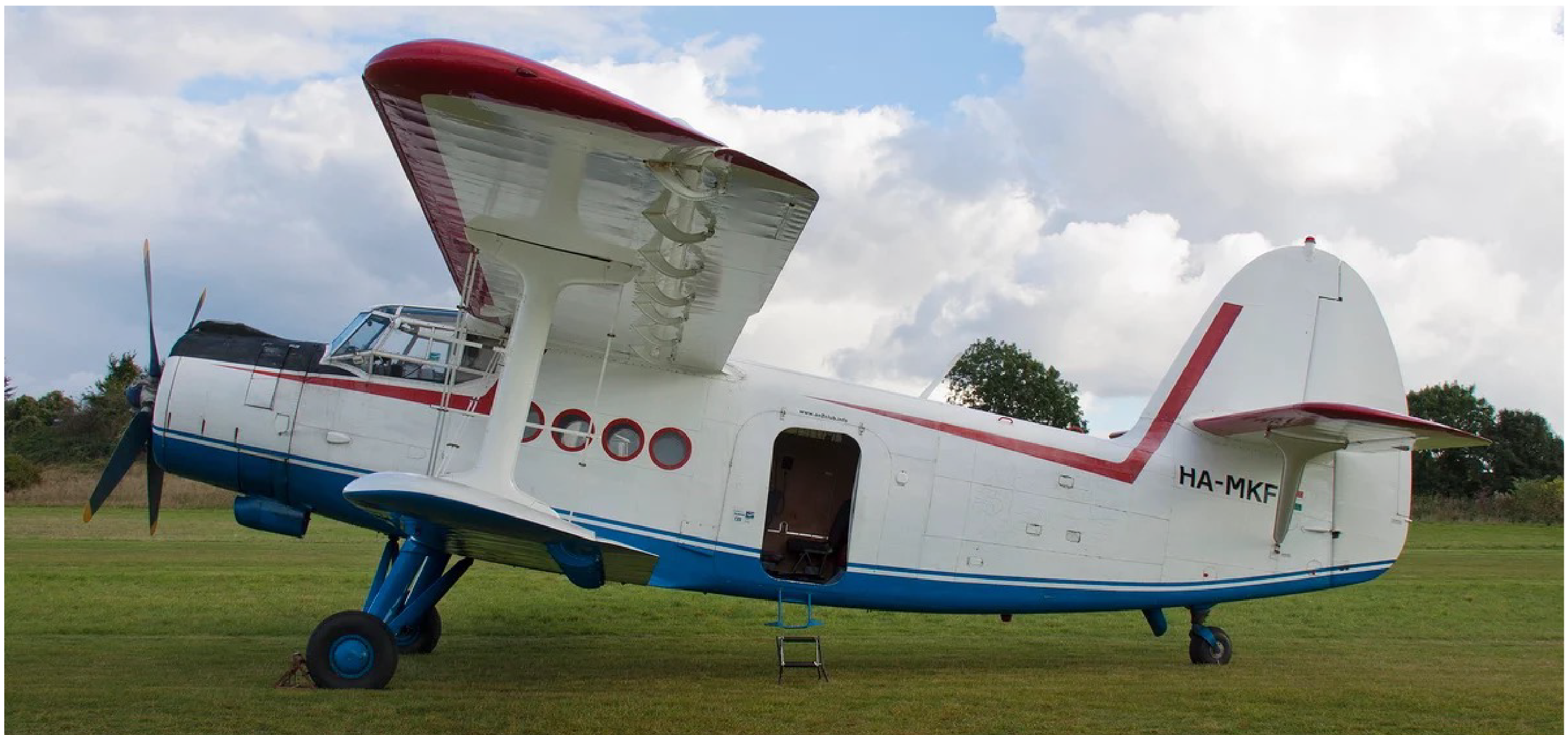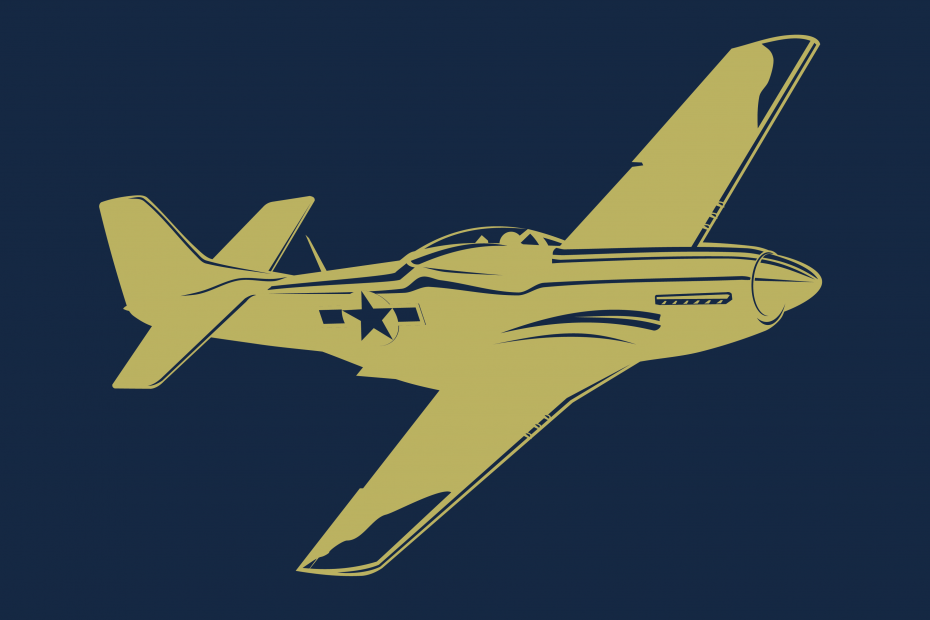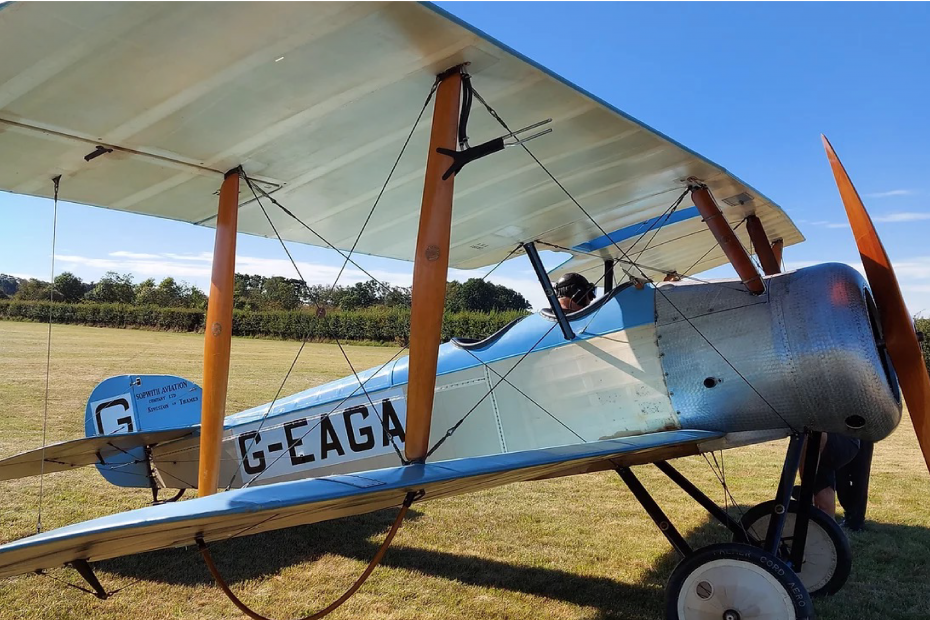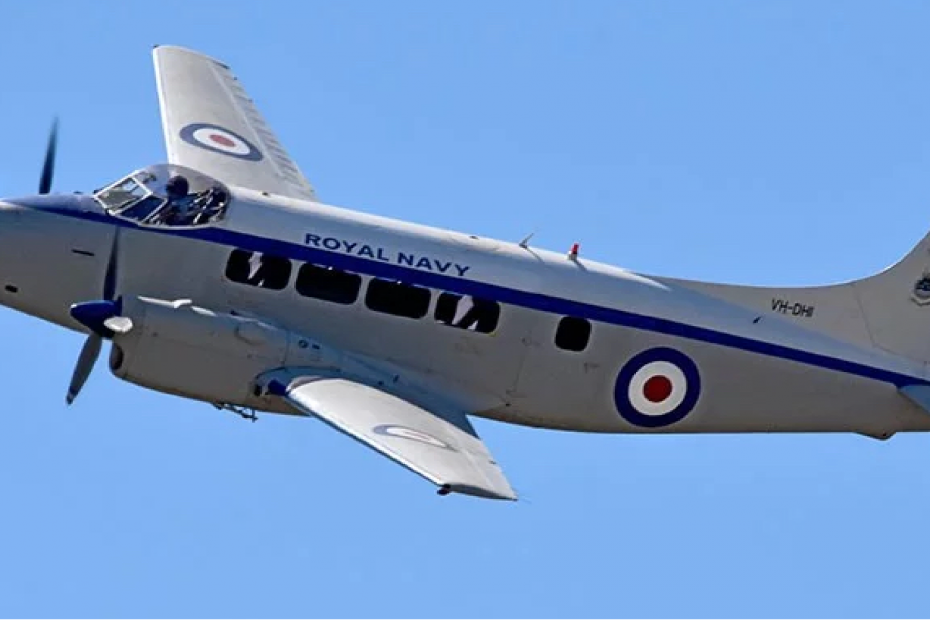Antonov An-2

Price: $75,000 US
The worlds biggest biplane
Airframe Construction:
The wings are of an unequal span single bay biplane design, all metal construction, with fabric covering. The wing area is 770 square feet total. Note: wings have full length leading edge slats and ailerons droop with flap actuation to provide great STOL performance. The fuselage is of all-metal stressed skin semi-monocoque construction. The tail is a braced all metal structure with fabric covering.
Contact Us:
If you are interested in any aspect of this aircraft please get in touch. We aim to get back to any enquiries within 24 Hours.
Allan Vogel
[email protected]
Aircraft Information
The Antonov AN-2 Club was formed 20 years ago to encourage interest in “the worlds’ biggest biplane”, to keep suitable examples in flying condition and create opportunities to experience the AN-2 in flight.
The Club helps members enjoy recreational activities involved with flying such as visiting air shows, aviation museums and historic airfields, parachute jumping in the UK and Europe. A set of parchute seats is avaialble. HA-MKF is current in Hungary for winter maintenance.
Spares & maintenance records – A list of spares and records of maintenance can be emailed to interested parties.
The price of the aircraft is: €75,000, (to include an overhauled engine and annual service) or €60,000 with 500 hour engine fitted.
Power Plant: WSK-PZL-Kalisz (Wytwornia Sprzetu Komunikacyjnego-PZL-Kalisz) Shvetsov ASz-62 IR Geared 9 Cylinder 1823 Cu. In. Radial Engine, rated at 1000 HP max, driving a 4 blade AW-2 Propeller.
Take-Off Power : 1000 HP at 2200 RPM = 110 gallons/hr = 500 litres/hr 5 minutes max.
Rated Power: 820 HP at 2100 RPM
Max. Continuous: 738 HP at 2030 RPM
75% Power : 615 HP at 1910 RPM
50% Cruise : 410 HP at 1670 RPM = 45 gallons/hr = 200 litres/hr
Propeller Gear Ratio : 0.637 to 1 11:16
Normal Operation:
1800 RPM and 800 mm Hg manifold pressure for typical climb.
1600 RPM and 700 mm Hg for typical cruise.
Use 100 Octane Aviation Grade minimum.
Airframe Construction:
The wings are of an unequal span single bay biplane design, all metal construction, with fabric covering. The wing area is 770 square feet total. Note: wings have full length leading edge slats and ailerons droop with flap actuation to provide great STOL performance. The fuselage is of all-metal stressed skin semi-monocoque construction. The tail is a braced all metal structure with fabric covering.
Controls:
Ailerons, rudder, and elevators are all manually controlled with pushrods and cables. Flaps and trim electrically operated. Automatic leading edge slats provide excellent slow speed safety and high lift.
Landing Gear:
Conventional configuration (tail wheel design) with split axle, long stroke oleo shock absorbers on the main mounts and a fully castoring and self centring tail wheel. Brakes are pneumatically operated.
Crew: Normally two pilots, may be flown single pilot when no passengers are aboard.
Dimensions:
- Length = 41 feet, 9 inches; Wing Span = 59 feet, 8 inches; Height = 13 feet, 2 inches (tail down).
- Total Wing Lift Area = 256.6 sq. ft. (156.2 upper, 100.4 lower).
- Cargo compartment = 13.5 feet long by 5 feet wide by 5.9 feet tall (398.25 cubic feet).
- Cargo door opening – 4.5 feet wide by 5 feet tall.
Weights:
- Empty = 7,600 lbs.; Max Take Off = 12,125 lbs.; Max Landing = 11,574 lbs.;
- Max fuel = 2,000 lbs. (312 USG);
- Oil Qty.= 22 Gallons / 100 litres Max. (13 Gallons minimum to 18 Gallons normal.)
- Useful load with max fuel= 2,525 lbs. (3500 lbs with half fuel carried).
Systems:
Compressed Air System: 8 litre (490 Cu.In.) Air Cylinder at 49 bars (711 PSI) maintained by engine driven AK-50M compressor and AD-50 relief valve. Pressure gauge is on pilot’s left hand console. A pressure reducer supplies 10 bars (145 PSI) for the main brakes.
The Air Pressure is required for the pneumatic main wheel brakes, but can be used to charge the landing gear shock absorbing oleo-pneumatic struts when dry nitrogen is not available. A fitting is also available to fill the tires from this system. The 8 litre air cylinder can also be charged from appropriate ground support equipment.
Electrical System: 24v DC battery with engine driven generator to maintain charge. Voltmeter and Ammeter on Instrument Panel. The 28v DC generator requires at least 900-1000 RPM to kick in. 36v 3 phase 400hz AC power, supplied by two converters, is used to power the Russian Gyroscopic compass, Artificial Horizon and ADF.
CO2 Fire Extinguishing System with automatic fire detector: Nine fire detectors are located throughout the engine compartment. If the Fire Warning Lamp light, the CO2 system can be activated by breaking the safety seal and pushing the button. The CO2 bottle has an electrically activated pyrotechnic cartridge to release the CO2 into the collector. Portable CO2 Fire Extinguishers are normally installed in the cockpit and cabin as well. Oil Cooling System: The Oil System consists of a 125 litre (33 gal) Max. Permitted
22 gal. tank, suction pump and an external Oil Cooler with electrically controlled shutters. Use Aeroshell 100 Oil.
Performance:
The following data applies to all An-2s except float versions which have reduced performance and load capacities. Data is based on a typical weight of 11,600lbs.
Red Line Speed: V-NE 162 kts = 300 Kph
White Line Flaps: V-FE 70 kts = 130 Kph
Best Glide: 65 kts = 120 Kph
Maximum Speed: 139kts or 160mph or 257Kph (120kts / 220Kph more typical) Economy Cruise Speed: 100kts or 115mph or 185Km (95kts / 175Kph more typical)
Minimum Speed: 49kts or 56mph or 90Kph
Take-Off Speed: 43kts or 50mph or 79Kph (15 degrees of flap).
Landing Speed: 46kts or 53mph or 85Kph (30 degrees of flap).
Stall Speed: 35-40kts or 65Kph but controlled descents are possible at 25kts/30mph/46Kph Typical SL Take-Off distance to clear 50 foot obstacle: 1600 feet.
Minimum SL Take-Off Run: 560 feet.
Typical SL Landing distance over 50 foot obstacle: 1400 feet.
Normal Range: 485nm with 45 min. reserve.
(550nm max with approx. 6 hours endurance).
Max SL Rate of Climb: 680 fpm, 30 minutes to 14,425 feet.
Ceiling: 14,425 feet with 1,100lbs. of cargo.
Note 1: Tolerable Cross wind component is only 8 kts with full flaps.
Note 2: Aircraft cannot be taxied with wind in excess of 20 kts.


